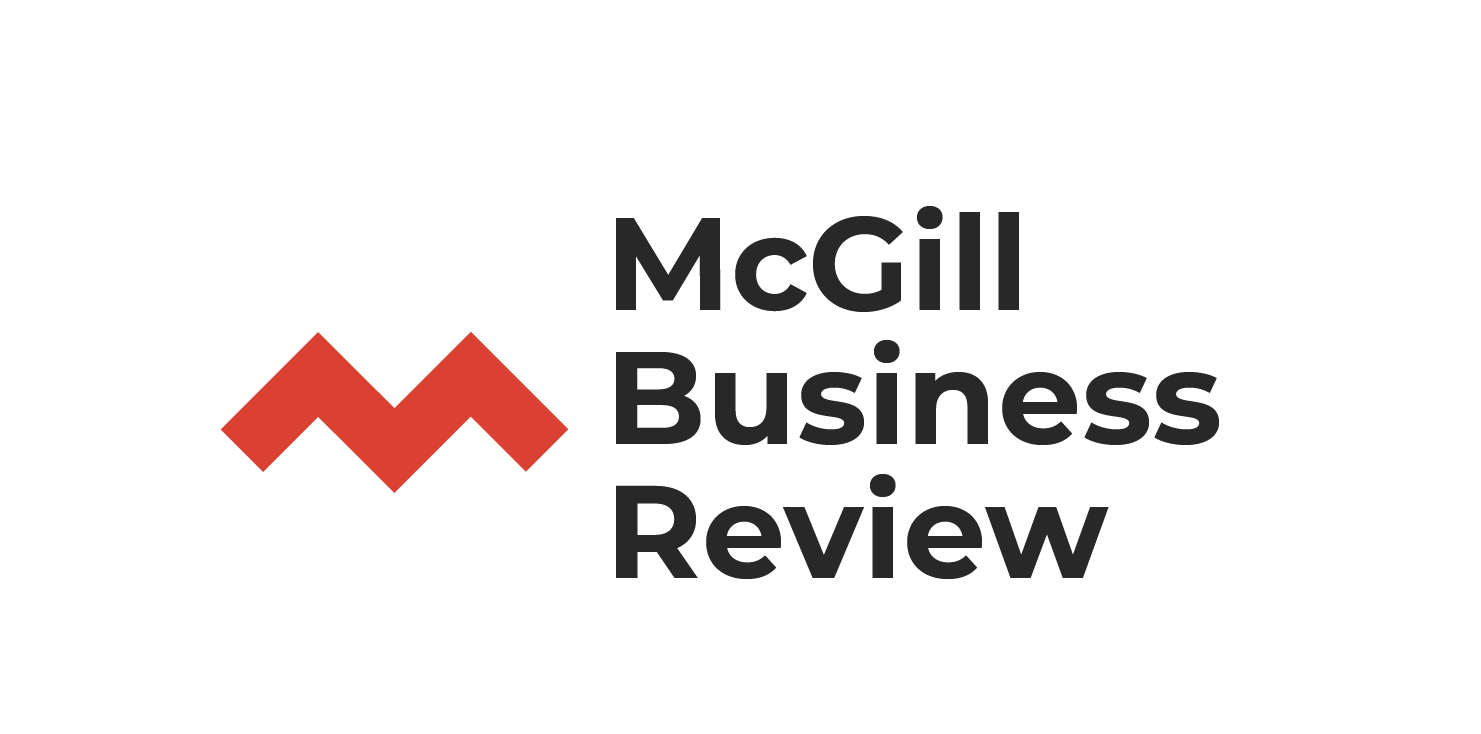Is the Game Being Sold?
In 2005, the average NFL team was worth around $812 million. Today, that number is around $7.1 billion, roughly a 774% increase. Sports teams are becoming a remarkable investment with no sign of slowing down. This has piqued the interest of investment firms, particularly the private equity (PE) sector. In turn, PE firms acquired ownership stakes in NBA, NHL, MLS, and Premier League franchises, with the largest sports entertainment league in North America, the NFL, opening its doors to investment funds just last year. As Arctos Partners LP has recently become a part-owner of the Buffalo Bills and the Boston Celtics, the NBA franchise, has been sold to PE-backed buyers for a substantial $6.1 billion. However, the introduction of PE investment in sport franchises has not been introduced without controversy and mixed reception.
Sports ownership was due for a massive shake-up. Sports franchises are becoming increasingly unaffordable, with purchasing costs exceeding billions of dollars. All of the 124 professional sports franchises spanning across the American big four leagues, such as MLB, NHL, NBA, and NFL, are all worth upwards of 1 billion dollars each. Meanwhile, in America, there are only 813 billionaires, with an additional 2000 worldwide, with no guarantee that they are interested in investing in professional sports. Hence, as valuations rise, the pool of capable, potentially interested individuals is diminishing. Sport franchises had to look outside of billionaire individuals for investment, opening the door to PE.
Private Equity in Sports
Within American sport leagues, PE firms have been limited to minority control, with limits of around 20% per single firm in a respective sports franchise, and the total PE exposure per franchise being limited to 30%. The change has been introduced mainly for liquidity purposes, as the minority sales provide quick cash for team management to use for projects, such as venue expansion. As sport-ownership was mainly family-controlled and fairly illiquid for owners as they could not easily sell minority shares, NFL owners were pushing for PE investment up until last summer. While the owners’ motives are clear, what's in it for the PE firms?
The answer is cash. PE firms invest in projects such as sports teams simply to generate higher returns, and sports franchises are attractive due to their predictable revenue streams, even during times of recession. While PE firms have been critical players in the European leagues, the reason why American sports involvement is so critical, is because American clubs are far more valuable financially. This is principally because they are more stable than their European counterparts. North American leagues are composed solely of around 30 teams compared to European football having hundreds of professional teams, creating a certain level of scarcity. Additionally, teams in America cannot be relegated at the end of a season, no matter how they perform, guaranteeing a revenue floor that is non-existent in European football. American sports teams are also seen as a symbol of financial stability since they have broadcasting deals that are set for almost a decade in advance.
Moreover, sports teams in leagues like the NBA and NFL are evolving into broader organizations, as they invest in different sectors revolving around the sports franchise. Teams are becoming owners of the stadiums in which they play, allowing them to claim revenue during the off-season with concerts, and are developing restaurants and hotels in the surrounding area. This provides the franchise with a whole new revenue stream. The anticipated increases in revenue make these investments particularly attractive. For example, Ares Management was approved to gain a stake of 10% of the Miami Dolphins, giving them ownership of the team, alongside the Hard Rock Stadium and the Formula 1 Miami Grand Prix, which the team is also invested in.
Potential Implications
However, the introduction of PE firms in sports ownership has been met with mixed emotions, and could potentially become a serious issue for sports fans alike. Firstly, sports organizations could face increased instability if profitability is below expectations from frequent ownership changes. The sector is perceived, whether accurate or not, as having a cold approach regarding underperforming assets, having a reputation of selling vital companies that provide jobs and help communities for profits. Where they could look to exit their investment quickly if underperforming or use this potential threat of selling as leverage in negotiations. Additionally, firms could use their ownership voice to push forward damaging decisions in the club’s operation for profit. Hence, owners may become overly concerned about short-run profits to keep financial statements strong to keep their investment partners disregarding the team itself.
Secondly, with investment firms likely to gain more and more control in American sports, this may lead to short-term profit maximization that will continue to push away the interests of fans. As seen in Europe, the focus on profits can be seen as toxicating the sport, ripping it from its community roots. Where stadiums have been kept in unclean conditions and prices for tickets and fares have soared. In the Premier League, tickets have gotten 130% more expensive in the last 20 years. Fans fear this change in ownership could push towards relocation or other profit seeking decisions at the expense of the fan experience.
Conclusion
Leagues have attempted to draw up a rule book for how the firms will operate under their leagues. Carefully limiting the scope of ownership to sell more than 20% per franchise, limiting their voice by making their shares purely passive, and forcing them to keep their investments for a minimum of around 6 years as noted by the NFL commission for example. While the introduction of PE funding is a massive shock in professional sports ownership, hopefully the transition into a league of co-owned franchises will be unnoticeable. With sports teams becoming more valuable each year, the relationship between sports ownership and PE is one to keep an eye on.

